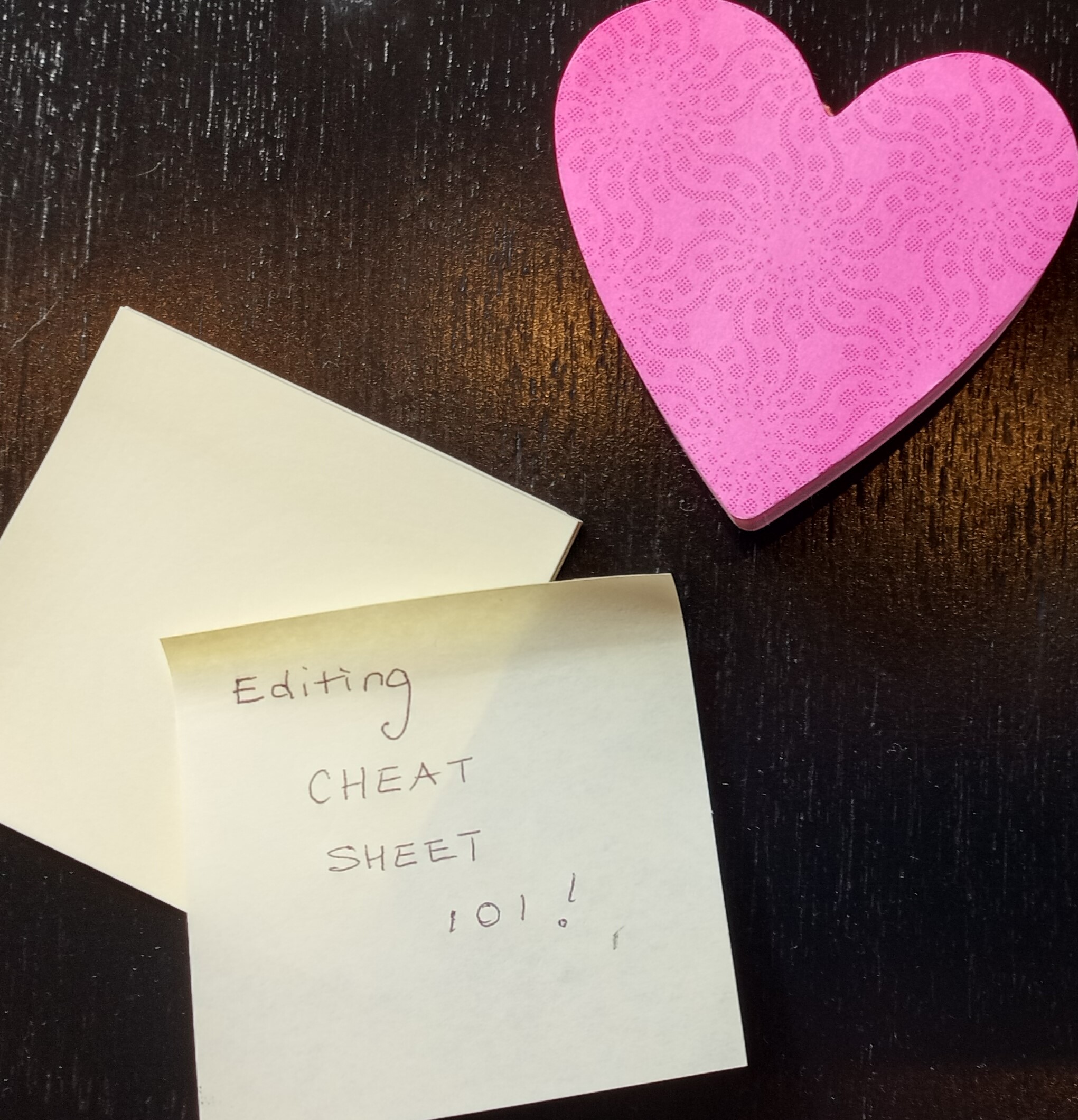
By SHELLEY WIDHALM
Good writing stops with bad editing.
If there are errors in grammar, punctuation or syntax, reading is more difficult, attention gets pulled to the wrong place, and the writer comes across as unprofessional.
Especially if the book is self-published, I’m inclined to stop reading even if the plot is exciting. I’ve lost trust the writer cares.
Writing can’t be a one-and-done draft. It takes layers of editing, and it takes time, precision and repetition. To be most effective, editing is best done on multiple levels and in several rounds, since not every error can be caught in a single pass and there are several things to pay attention to all at once.
What Editing Involves
Editing involves a close read and making large- and small-scale changes. Small changes are at the line level, or each line of text, and the large at the structural level from the overall story to the plot and character arcs. Proofreading is the final edit to give a final review of everything.
At the line level, editing involves fixing sentences and paragraphs for errors in grammar, syntax and mechanics, as well as spelling and punctuation. At the structural level, editing looks at the entire story content as well as adherence to the main story and flow from beginning to end. The focus is on the main and secondary characters, setting, dialog, theme, pacing, conflict, tension, logistics and consistency in things like character and setting descriptions.
To edit in layers, do a first read-through for missing details or areas that give too much description or story information. Look for too much back story up front or an ending that ends the story before the plot strands make sense.
Top 7 Editing Tips
- Determine if there are boring parts or parts that are over-explained.
- Look for unnecessary scenes that repeat other scenes or do not move the story along.
- Cut unnecessary words and sentences that do not keep the pacing at the right speed.
- Use the active voice whenever possible.
- Look for any elements that don’t carry through, such as a dropped character or a setting detail that doesn’t matter.
- Vary the sentence structures, so that not every sentence reads subject-verb-object.
- Get rid of clichés, unless used for a specific purpose, because they demonstrate a lack of creativity.
One Final Thought
Editing moves a rough draft into a polished product that people will want to read. It gets rid of errors and unnecessary words and descriptions to get to the core or heart of the story.








